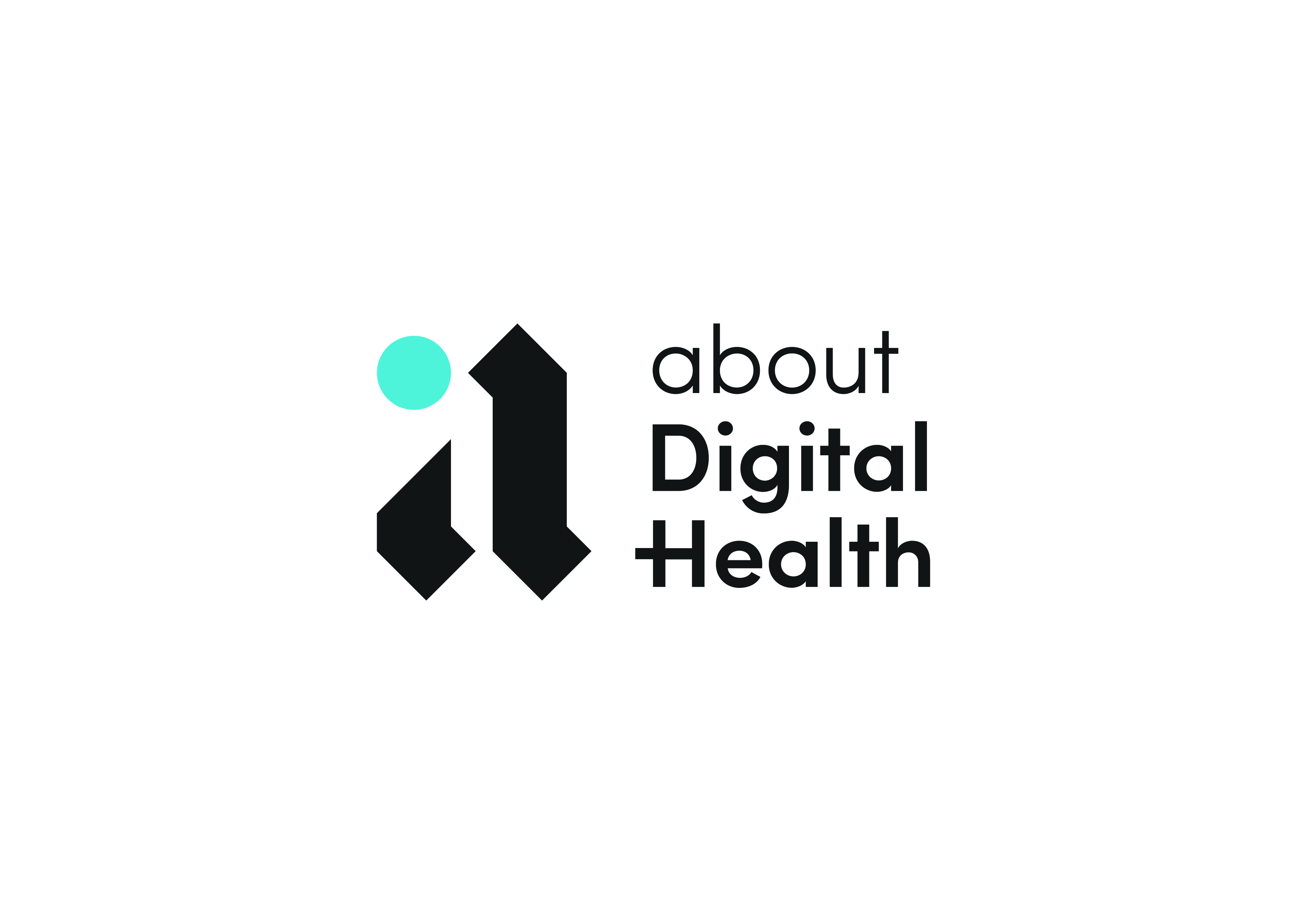
14 longitudinal trends—micro-disruptive technologies, incremental innovation, societal phenomena—carefully extracted from my interviews, observations and research conducted in recent months
From patterns to conclusions. Instead of trendy buzzwords or fads that come and go, I took a closer look at technologies with purpose and the social changes driving their development.
What trends are missing? Join the discussion on LinkedIn.
Zoom, download or print the infographic in high resolution.
TELEMEDICINE. The significant growth in the uptake of virtual consultations during the COVID-19 pandemic is here to stay. The acceleration of telecare expansion will continue, but in a more sustainable, mature way than in the past two years
HEALTH CHECK-UPS WITHOUT DOCTORS. Advances in technology and AI are expanding the possibilities of remote diagnostics. Data collected by smart sensors can be automatically analyzed by AI algorithms. Doctors will become architects of health and well-being. Health checks will be done 24/7, not only from time to time.
LAB AT HOME. It started with smartwatches and wristbands that monitor health parameters. They are being followed by other smart devices, such as smart mirrors, smart toilets and smart homes. The aim is to detect diseases at the earliest possible stage before symptoms are noticed by the patient and the doctor.
NEW HEALTHCARE DELIVERY MODELS. New digital healthcare providers do not have physical facilities but offer virtual subscription services linked with health monitoring and coaching in selected conditions, for example, chronic diseases. They focus on holistic care, integrated health, improved communication and automated health-related data analysis.
HEALTH-RELATED FAKE NEWS. The problem is not new, but the COVID-19 pandemic has worsened it. False or manipulated information on the Internet threatens health and even people’s lives and undermines trust in doctors.
PRESCRIPTION APPS. European countries are trying to structure the mobile health apps market. The goal: trusted, safe and reliable ones should be reimbursed. Certification schemes have already been established in Germany (DiGA) and Belgium (mHealth Belgium). France is expected to join soon. More countries will follow. Early indications hint common standards may be developed for European Union countries.
MEDICAL VIRTUAL REALITY. VR is used for stress-free training of medical students and to cure patients
with anxiety. It accompanies during childbirth and helps hospice patients teleport to another reality. VR can even reduce acute pain. Medicine is slowly discovering the capabilities of VR in treatment and prevention.
NEW DIGITAL HEALTH MINDSET. After the COVID-19 pandemic, the digital health genie is out of the bottle. Once e-prescriptions and telehealth raised concerns, today they are becoming standard components of health delivery. Digitization of healthcare has entered the mainstream and patients/healthcare professionals are embracing further e-solutions with increasing openness.
PATIENT-GENERATED HEALTH DATA (PGHD). With the expansion of mobile technology, sensors and wearable devices, patients are becoming valuable data sources in terms of prevention, diagnosis and treatment. The challenge: integration of the Electronic Patient Records (EPRs) and PGHD and trust in data sharing.
BIG TECH ENTERS HEALTH. Apple, Amazon and Google are entering healthcare – one of the most profitable markets with a growth rate of around 8–11% yearly. Big Tech aims to take over ‘soft’ medical services like health prevention and wellness coaching. And they know exactly how to deliver a better patient experience. And don’t be fooled by Amazon shutting down its telehealth service – Amazon Care.
DO-IT-YOURSELF HEALTH. Instead of a gym – virtual courses available on demand at home. Instead of chatting with a doctor – diet and lifestyle management apps. Instead of a visit to the lab – home tests. Patients are actively taking their health into their own hands.
REMOTE HEALTH MONITORING. Many patients infected with COVID-19 were monitored at home to free up space in the overburdened hospitals. This approach can be successfully applied to patients with chronic diseases. Hospital at home (monitoring + remote care teams) is the new model of care that a new generation of patients expects.
CLINICAL DECISION SUPPORT SYSTEMS. The number of scientific publications is increasing quickly. Clinical decision support systems (CDSS) and artificial intelligence (AI) have the ability to analyze vast sets of medical and behavioral data, looking for the best therapies and individualizing treatment.
COACHING AND AI SUPPORT. Unhealthy behavior is the No. 1 killer in the world. But changing unhealthy habits is not easy. Evidence-based coaching programs (digital therapeutics, DTx) combined with drug therapies have the potential to transform the way care is delivered. AI will be an indispensable component of DTx to ensure personalization and the best experience.

Can I ask you a favour?
This website is free of commercials. Please donate to aboutDigitalHealth.com (€1+) and support independent journalism. It only takes a minute. Thank you!
€1.00
2 comments